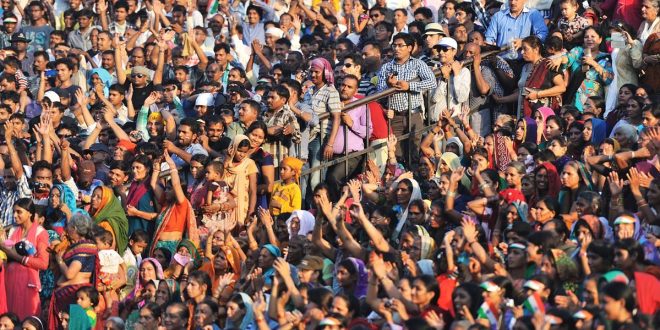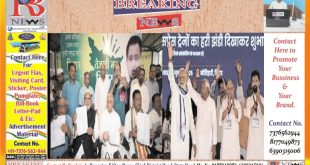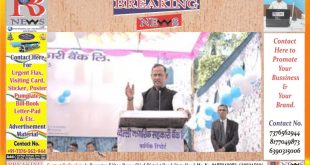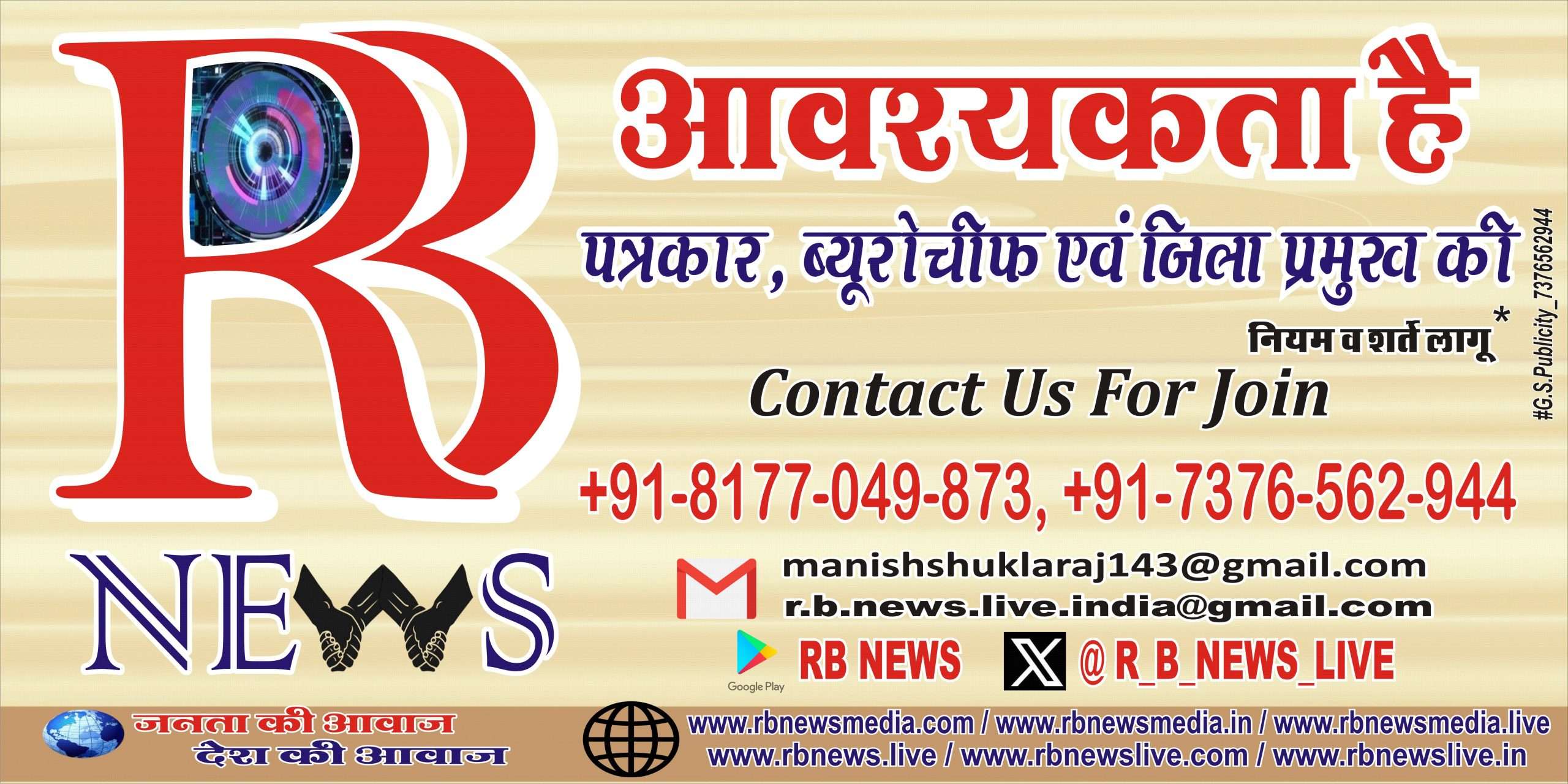For the first time since independence, caste-based census has been announced in the country. This decision was taken in the meeting of the Cabinet Committee on Economic Affairs (CCEA) chaired by Prime Minister Narendra Modi on Wednesday. After the meeting, Union Information and Communications Minister Ashwini Vaishnav said that the government has decided to conduct caste census along with the original census. During this, he accused the Congress of ignoring it for a long time. He also said that the Congress and its allies have used it only as a political weapon.
At the same time, now the central government has approved the caste census. It is being seen as a big political strike on the opposition parties. Many parties including Congress, SP and Azad have been pressurizing the government for the last several years regarding this. At the same time, now after the announcement of the government, all the parties are supporting it together. At the same time, many are also linking it to the Bihar elections. However, if the census starts this year, its figures are expected to come by the end of 2026.
Rahul Gandhi was demanding for many years
After the decision of the central government to conduct caste census, all political parties have now come on one platform. Congress MP Rahul Gandhi has been attacking the government for the last 3-4 years on the demand of caste census by calling it an X-ray of the country. He wrote on X, ‘I told you, Modi ji will have to get the ‘caste census’ done, we will get it done. This will make it clear who has what participation in the institutions and power structure of the country.’ Before independence in the country, during the census in the year 1931, all castes were counted.
Nehru had stopped it due to fear of partition
Before independence, during the census conducted between 1881 and 1931 in India, all castes were counted. But during the first census of independent India in 1951, the government led by the then Prime Minister Jawaharlal Nehru decided to stop the caste census except Scheduled Castes (SC) and Scheduled Tribes (ST). This decision was based on the belief that focusing on caste could promote division and hinder national unity in a newly independent nation.
A decade later in 1961, the central government asked the states to conduct surveys at their own level and prepare lists of Other Backward Classes (OBCs) if they wished. At the same time, more than 6 decades later, after demands from different political parties, the government has decided to include caste count in the next nationwide census.
How did it become a political issue?
Voices have been raised from time to time regarding caste census. The biggest reason for this is reservation. In the year 1980, the Mandal Commission’s recommendation of 27 percent reservation for OBCs brought caste back into political discussion. The lack of comprehensive caste-related data made it challenging to accurately identify and quantify the OBC population, increasing the demand for caste census.
At the same time, in the year 2011, the UPA government conducted the Socio-Economic and Caste Census, which was the first attempt to collect caste data across the country since 1931. However, the SECC 2011 data was never fully released or used, due to which opposition parties and caste-based organizations criticized it.
Bihar, Telangana and Karnataka conducted surveys
In the absence of a national caste census, states like Bihar, Telangana and Karnataka have conducted caste surveys in recent years. The purpose of these surveys was to collect data to support state-specific reservation policies and welfare programs. In 2023, the Bihar government conducted a caste survey. On the basis of this, reservation was also increased but the matter went to court and it was stopped.
Why is there a need for caste census in the country? Know when it started
The Cabinet Committee on Political Affairs of the Modi government on Wednesday decided to include caste census in the upcoming census. This decision of the Modi government is considered very important before the Bihar elections and will blunt the demand of Congress and opposition parties. Attacking the Congress on caste census, the central government claimed that the late Prime Minister Dr. Manmohan Singh had said in 2010 that the matter of caste census should be considered in the cabinet, but the Congress has always opposed it.
The central government has announced to start caste census in the next census. Let us know what has been the history of caste census in the country?
The census started in 1881 during the British period
The census in India started in 1881 during the British rule and since then this exercise has been conducted every ten years to present a comprehensive picture of the country’s population. The purpose of the census is to understand the social, economic, religious and demographic structure of the country. The exercise is conducted under the Census Act of 1948, which keeps all data collected under it confidential.
However, Census Commissioner W.W.M. Yeats commented in 1941 on the limitations of the census that the census is a large, extremely powerful, but blunt instrument unsuitable for special investigation.
First Socio-Economic and Caste Census conducted in 1931
It was against this backdrop that the Socio-Economic and Caste Census (SECC) was initiated. A caste-based census was conducted in 1931, but the modern SECC was first conducted in 2011. The SECC aims to reach out to every rural and urban family in the country and gather information about their social and economic status. Through this exercise, the government is helped to identify the deprived sections and provide targeted assistance for beneficial schemes.
What is the difference between Census and SECC
While the census presents a detailed picture of the total population of the country, the SECC aims to identify the needy based on the parameters of deprivation.
Another important difference is that the census data is kept confidential, while personal information provided in it is used by government departments to decide benefits and sanctions of schemes, according to the SECC website.
Both exercises are extremely important for policymakers, academics and the government, but their nature and scope of use are clearly different.
Know the number of castes in figures
Year 1872: Brahmins, Kshatriyas, Rajputs; Other castes based on profession, Native Christians, Aboriginal tribes, Semi-Hindu tribes.
Year 1901: 1,642 castes.
Year 1931: 4,147 castes.
Year 1941: Census curtailed due to World War II.
Year 2011: Socio-economic and caste census numbers stopped citing inaccuracies. More than 46 lakh caste names, sub-castes, surnames and gotras.
 RB News World Latest News
RB News World Latest News






